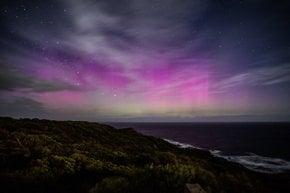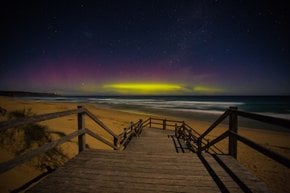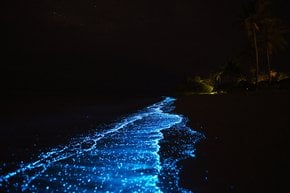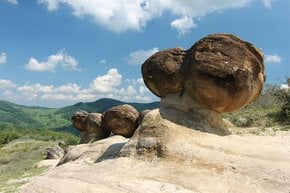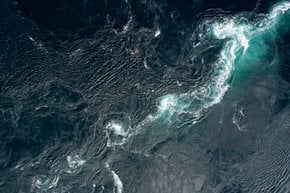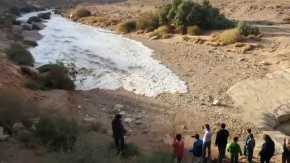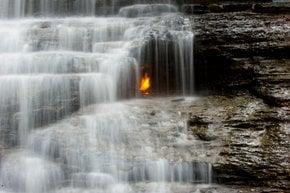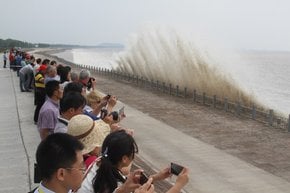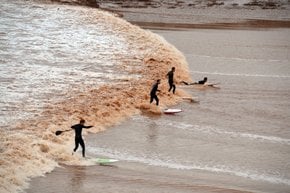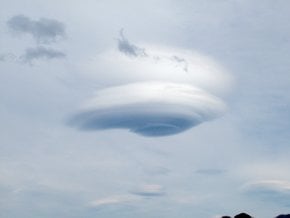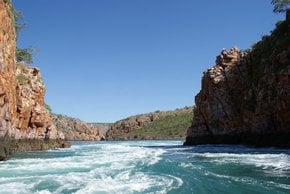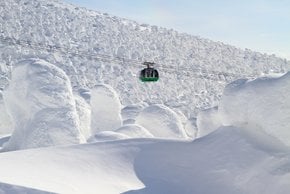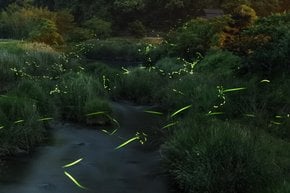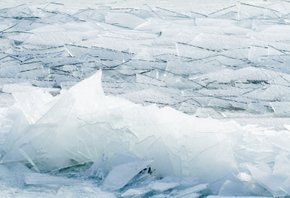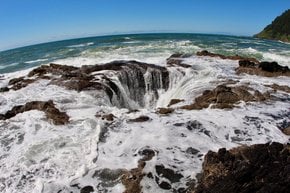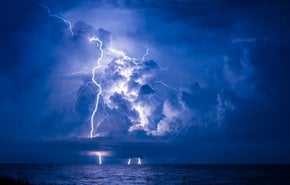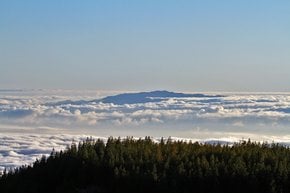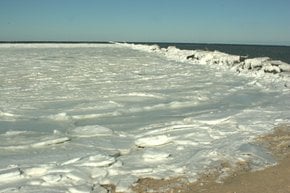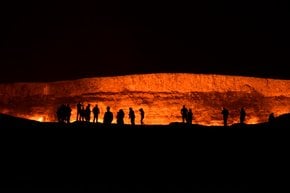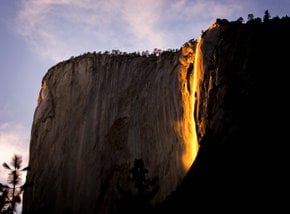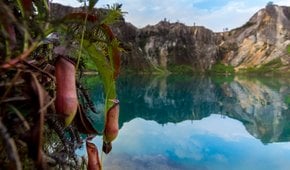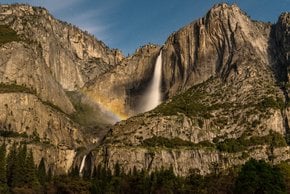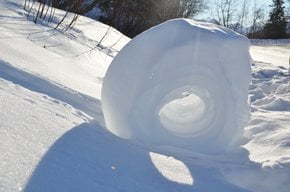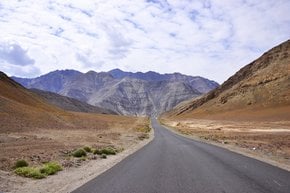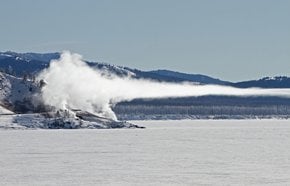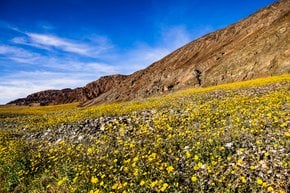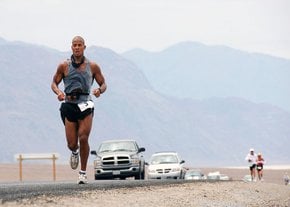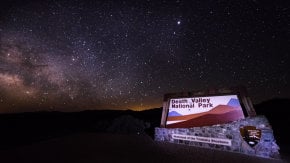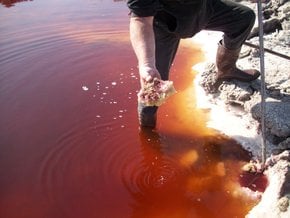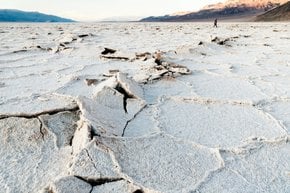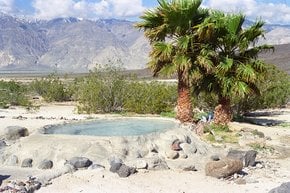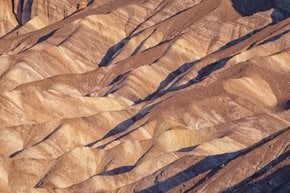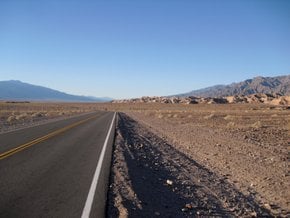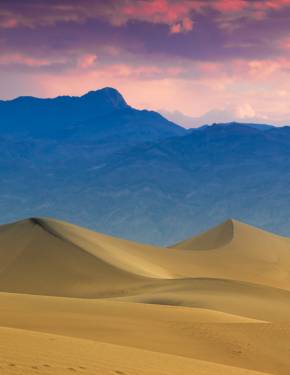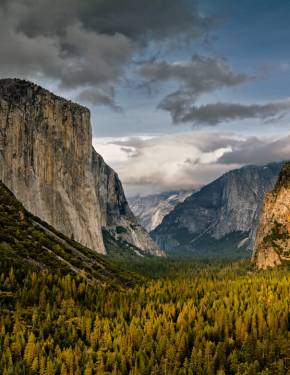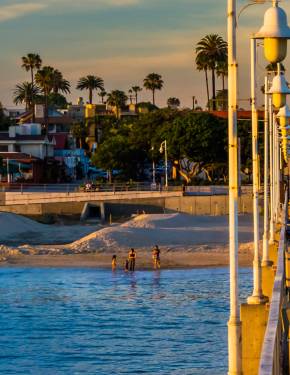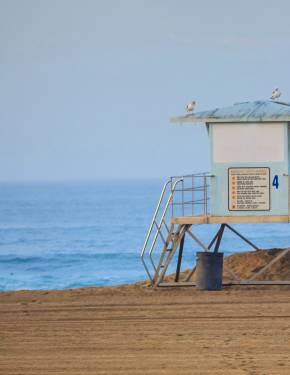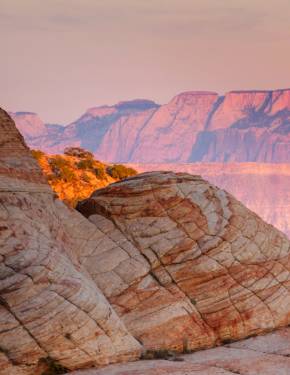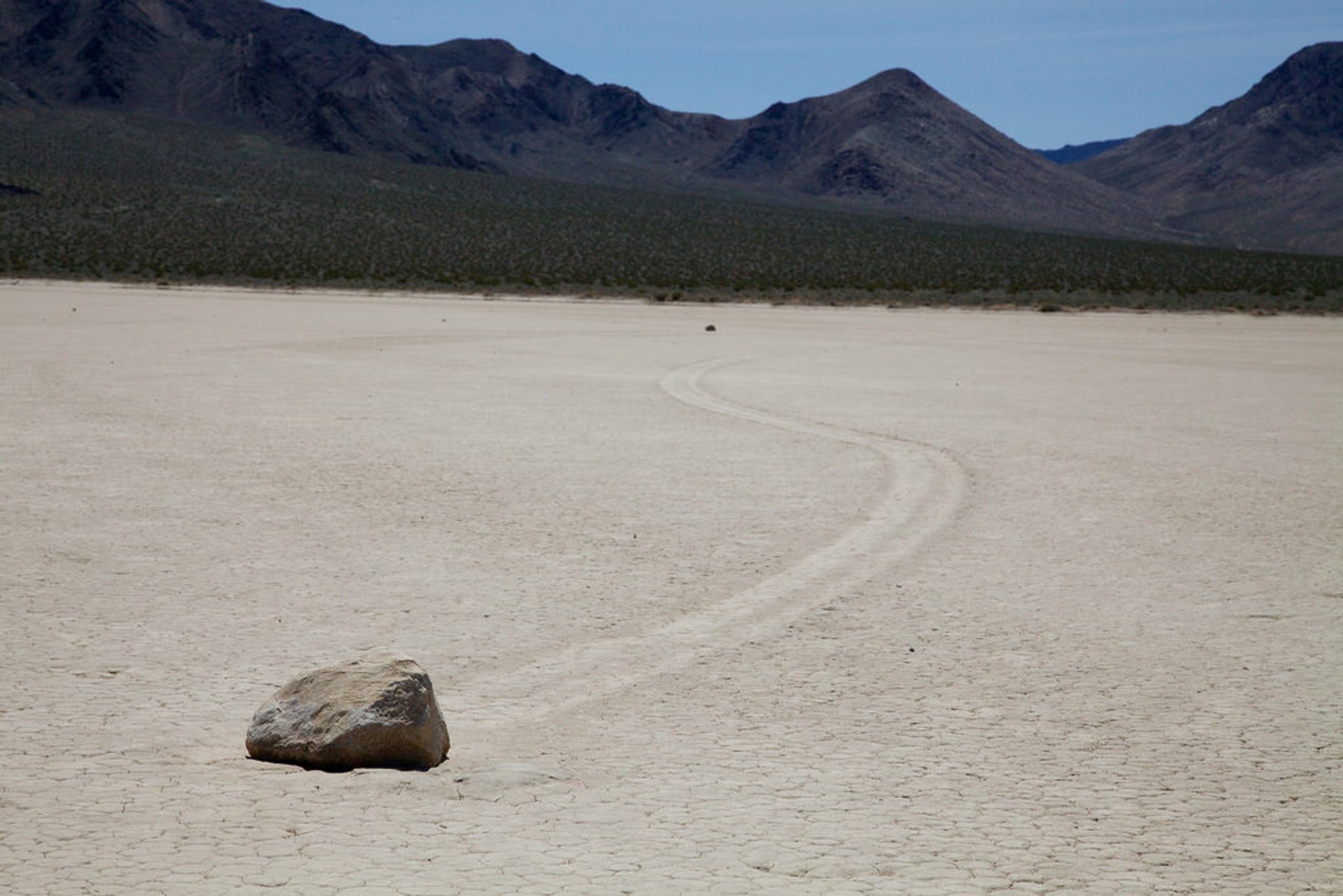


Sailing rocks or sliding rocks is a geological phenomenon, when stones move on their own without any help, leaving long tracks, perfectly visible on a smooth dry lake bed. Some stones leave parallel lines, other show turns and even reversals. But there are also those that don’t move at all, and others that move in absolutely different directions. Some of the rocks can weight over a hundred kilogrammes and this raises the main question—how?
This phenomenon was studied in various locations by a number of scientists and experts. And finally a few years ago it has been discovered that during sunny winter days the ice that lies on the ground starts to melt and break into smaller parts. Later, during cold nights these ice panels are driven by the wind and push the rocks. As a result in the morning, you’ll find long tracks left after their sliding.
The speed of the rocks can be up to 5 m/min, and there were stones that have travelled over 200 meters. If you want to see stones moving and find your own answer for this phenomenon visit the Death Valley National Park in California during winter months. Head to the Racetrack Playa to see them.
Practical info
When is the ideal time to witness the movements of sailing rocks at Death Valley?
Observe the sailing rock phenomenon in Death Valley between December to February during the winter season. This period is best because the ice melts gradually on sunny days and moves the rocks via winds at night. The climatic conditions are dry with little-to-no rainfall. Ensure that the road to Racetrack Playa is accessible by contacting the National Park Service. Keep in mind that the valley may be inaccessible because of the weather conditions. Show more
What is the location in Death Valley to witness the sailing rock phenomenon?
In order to spot the sailing rock phenomenon, one must travel to Racetrack Playa, situated in Death Valley, California. The location is away from urban areas and is only accessible via an all-wheel drive vehicle, and requires preparations appropriately beforehand and ample supplies of food, fuel, and water. To avoid damaging the natural phenomena, visitors must take care to stay within the designated tracks and avoid a large volume of vehicle traffic. Show more
How do the sailing rocks move?
Sailing rocks move themselves due to the natural phenomenon of ice shove. During the winter months, the dry lake bed freezes, and on sunny days, the ice begins to melt. As night approaches, rocks embedded in ice sheets are pushed around on the surface by the wind. The ice sheets with rocks embedded in them glide over the thin layer of water that lubricates the ice's lower surface. As the wind continues overnight, the ice panels move to leave behind the tracks of displaced rocks. Show more
Is it possible for all rocks in Death Valley to move independently?
Sailing rocks are unique in Death Valley and can move independently. It is essential to understand that not all rocks have the physical capacity or characteristics like sailing rocks to move themselves. Sailing rocks possess broad, flat bottoms and clear contact surfaces that significantly reduce their friction with the ground. The rock's size and weight matter, and movement depends on several factors such as ice thickness, wind direction, and speed. However, not all rocks move during every natural event, and some may travel shorter or longer distances than others. Show more
How long can tracks left by the sailing rocks in Death Valley be?
The rocks erase the tracks as they move, and the length of tracks depends on factors like wind speed and direction, temperature, rock size, and weight. The tracks created by sailing rocks can range from a couple of meters to over 200 meters due to random rock movements. The tracks' patterns vary from straight to twisting and turning, and some might have abrupt changes in direction. Visitors can see the tracks that are decades old or recently laid ones. Show more

